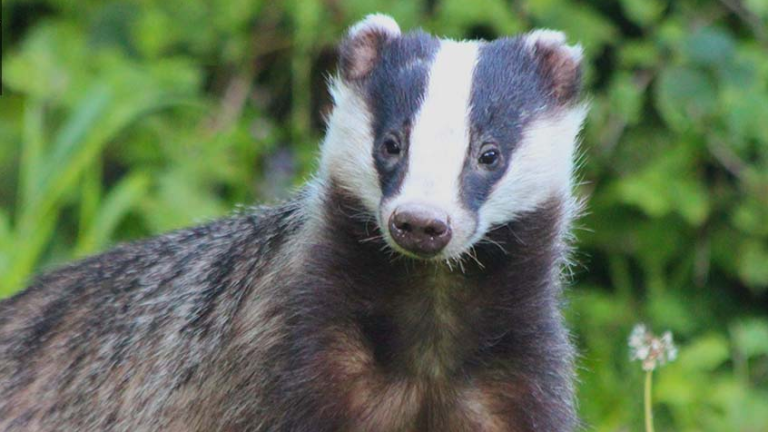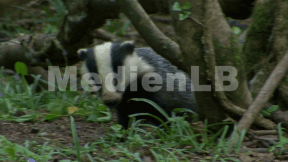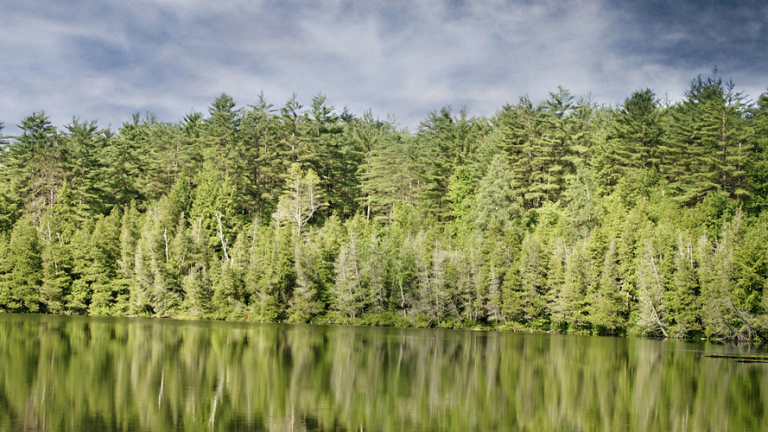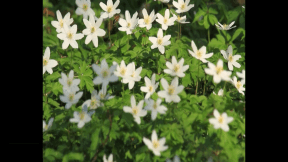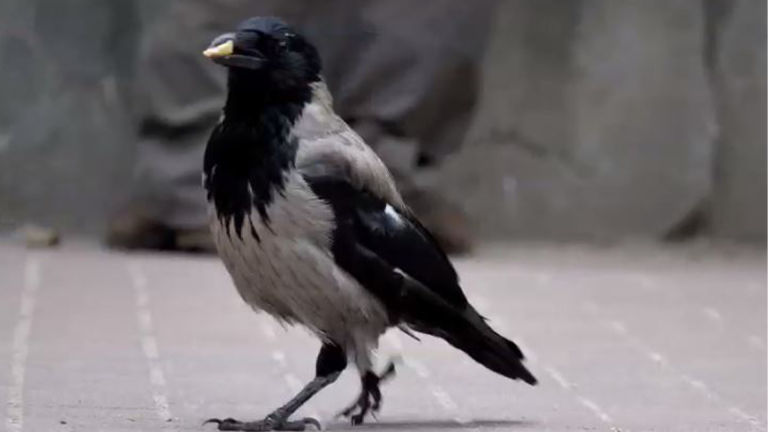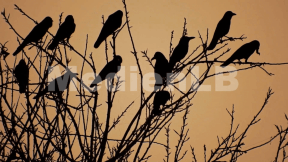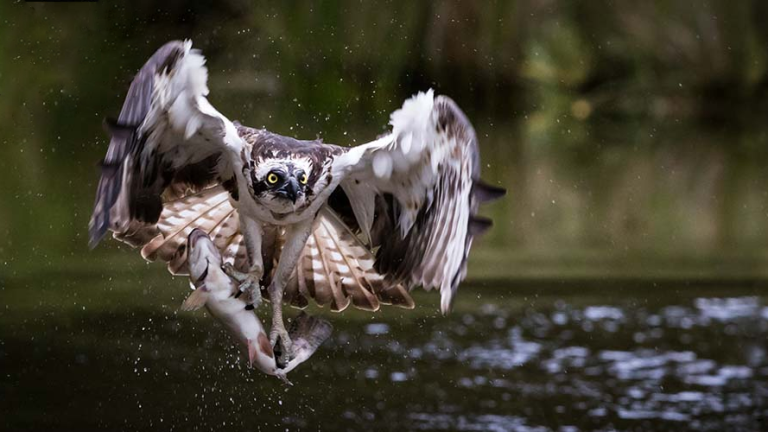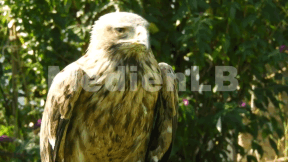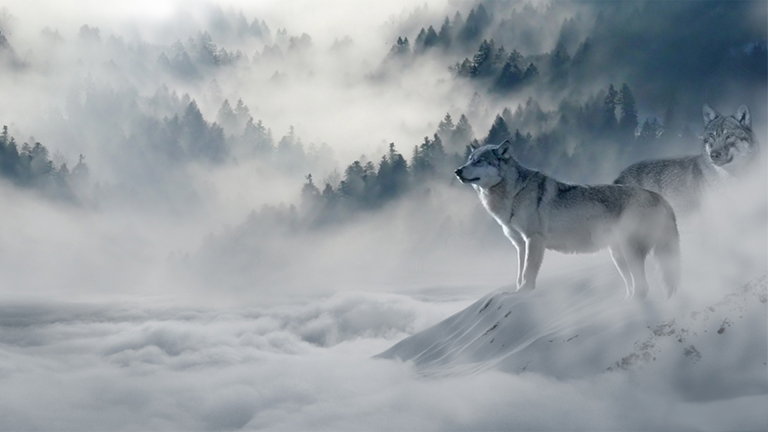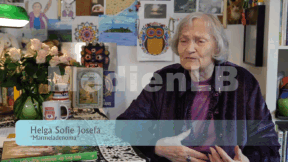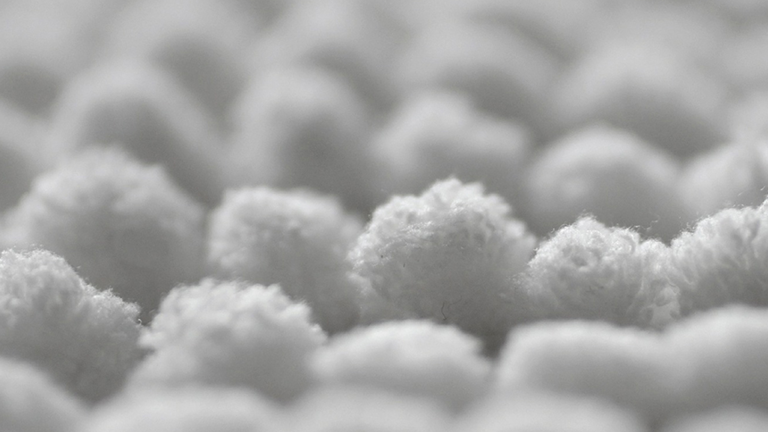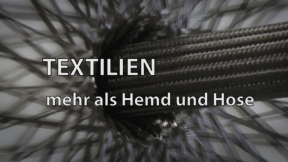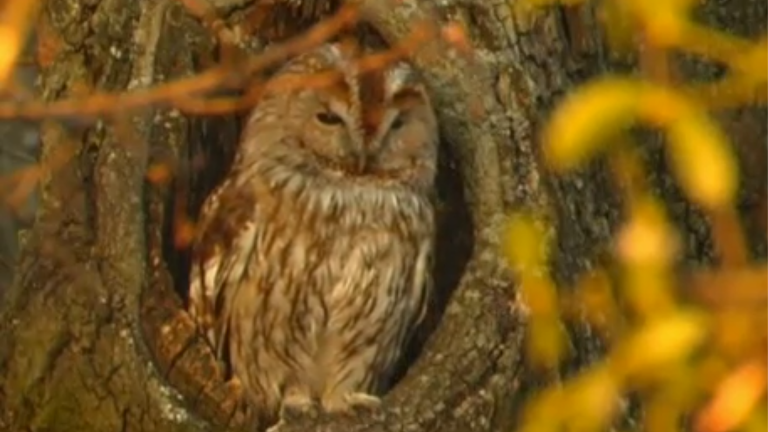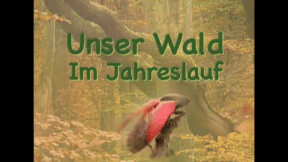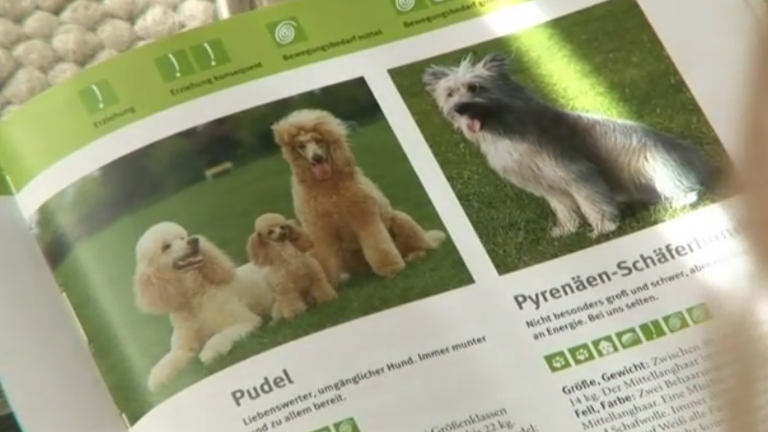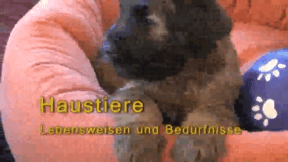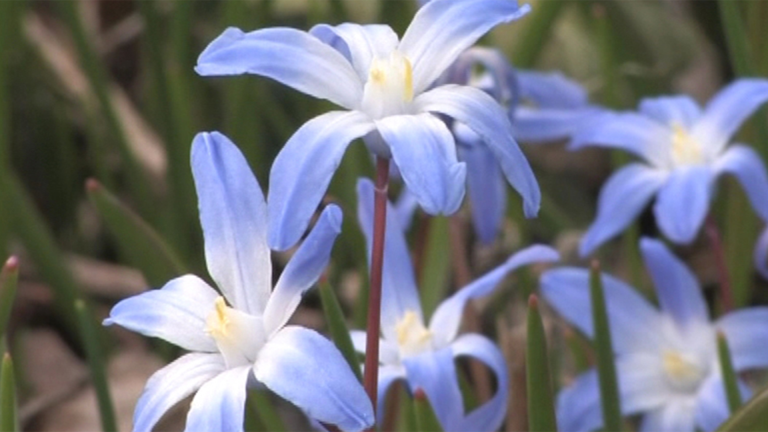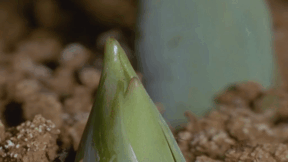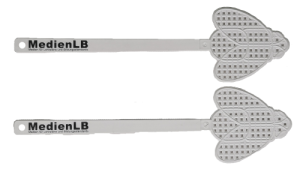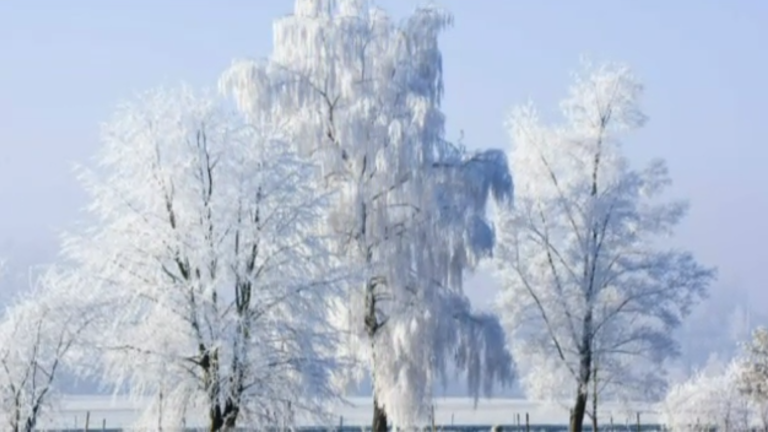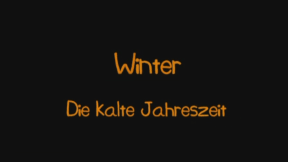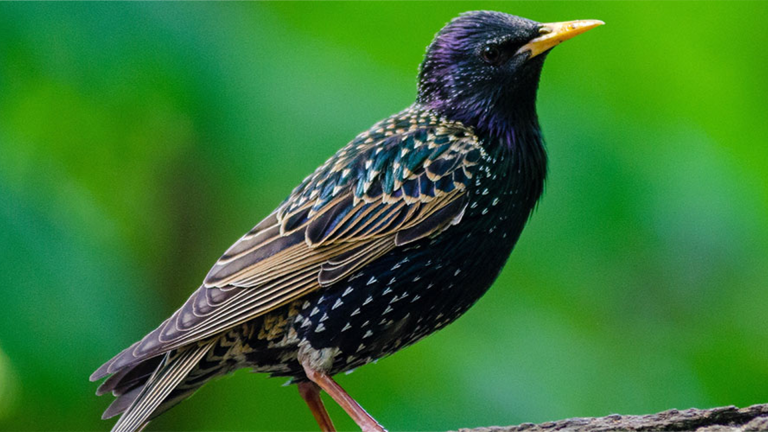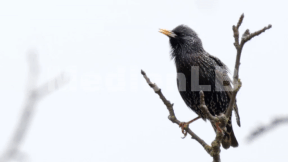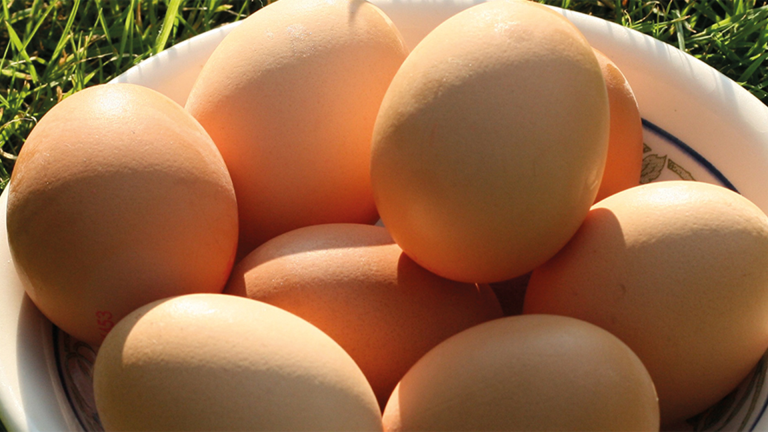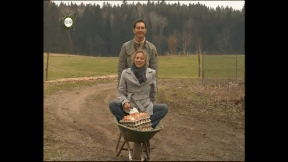Suche:
- # Artistry
- # Biology
- # Chemistry
- # Ecological
- # Economy
- # English
- # Foreign Language
- # Geography
- # German
- # Health
- # History
- # Informatik
- # Latin
- # Mathematics
- # Media Education
- # Music
- # Physics
- # Politics / Civics
- # Preschool
- # Primary School
- # Religion
- # Society
- # Sports
- # Technology
- # Training of Teachers
- # Vocational Education
Dachs
Der Dachs ist ein nachtaktiver Bewohner der heimischen Wälder. In teilweise jahrzehntealten, bis zu 5m tiefen Bauen verbringt er den Tag und begibt sich nachts auf Nahrungssuche.
Learn moreStructure of the Forest
Forests are more than an accumulation of trees. The individual tree is more than a valuable source of wood. From its roots to its crown, it offers habitats to a variety of the most different creatures. The older a tree, the more valuable it becomes to many forest inhabitants. And even in death it is still full of life. If you take a closer look at a forest, you notice that the plants grow to different heights. They form storeys like those of a house. At the top level there are only the big trees. From a bird’s perspective we see that the highest specimens in the forest form a closed canopy. In summer, the treetops resemble big parasols shading the forest floor. Depending upon how much sunlight filters into the depths, this has consequences for the forest vegetation.
Learn moreRaben und Krähen
Corvus, die Gattung der Raben und Krähen sind nahezu weltweit verbreitet. Der Film stellt den Körperbau, die Lebensgewohnheiten und den Lebensraum ausführlich vor.
Learn moreGreifvögel
Greifvögel sind überwiegend fleischfressende Vögel, die ihre Beutetiere aus der Luft jagen und per Biss oder per Griff mit den Krallen töten.
Learn moreFairy Tales
Helga Josefa Sophie loves fairy tales. When she was little, her mother read her the ancient stories. Later her children and then her grandson Janik listened spellbound when she read from the fairy tale kingdom between reality and the magical world.
Learn moreTextiles
When we hear the word “textiles“, we automatically think of things we put on – such as shirts, trousers, pullovers, caps or other things to wear. But there are far more textiles in our everyday lives. Actually, the word textiles means that these are generally things or goods made of single fibres or threads or yarns. For a long time now, we have not been using textiles for clothing only, but also in many other different domains of our lives. Every day, we use various household textiles at home – they range from the fabric sofa to the towel we dry ourselves with after washing or bathing. But today, modern textiles are also used as construction material – for example to make cars or bikes. These vehicles are particularly energy efficient because textiles are significantly lighter than metal.
Learn moreThe Forest
As a part of the natural landscape in which our children grow up, the forest with its flora and fauna is an important subject in primary school teaching. The focus of the systematic discussion of this versatile habitat is, of course, the children’s spontaneous, all-round experience of the forest. However, in particular with the animals and birds of the forest, it is not always easy to enable the children to have a real-life encounter. This DVD is aimed at helping the children to get familiar with the forest habitat in the course of a year. The film addresses the following topics: Early bloomers, courtship and breeding behaviour of selected forest birds, ground dwellers, the badger family, the fat dormouse family, forest fruits and the forest in winter. The DVD is excellently suited either as an introduction to the topic of forest or as a tool offered to the children for individual tasks or project work.
Learn moreDomestic Animals
As different as the various breeds and races of pets and domestic animals are, as different are our ways of dealing with them.
Learn moreEarly Flowering Plants
During the first warmer days in late winter, the harbingers of spring show that new life is stirring. With great biodiversity and beauty the early flowering plants herald the change of season. In an easily comprehensible manner and often with stunning time-lapse images the film makes children aware of the connection existing between the sprouting of the early flowering plants so soon in the year and their extraordinarily rapid growth.
Learn moreWinter
Winter is the most extraordinary season. Trees without leaves, little sunlight, the majority of animals have disappeared and humans have to deal with black ice and coughs and sneezes. Nevertheless, winter also has a lot to offer that is available in that season alone: snow, winter sports, calm and peace. In short chapters, children learn how snow and ice form, why it is dark until late in winter and how plants and animals overwinter. Dangers related to the season are mentioned and it is explained how children can protect themselves. In addition, we show what interesting possibilities winter offers, which are only real fun during that time. Besides didactic-methodical considerations, the accompanying material includes a plethora of ideas to discuss this subject from all points of view and comprehensively, and to discover it from a new angle.
Learn moreStarling
In general, male and female starlings look very much alike. In spring, starlings assume their nuptial plumage, in autumn, after moulting, they wear their eclipse plumage.
Learn moreHuhn und Ei
Erstaunliche Zahlen im Zeitalter der Vogelgrippe: Über 18 Milliarden Eier werden jährlich in Deutschland verzehrt und über 10 Kilo Geflügelfleisch landen durchschnittlich im Magen eines jeden Bürgers. „Schau Dich schlau!“ widmet sich heute einer der leckersten Erfindungen der Natur: dem Ei und dem Huhn.
Learn more



